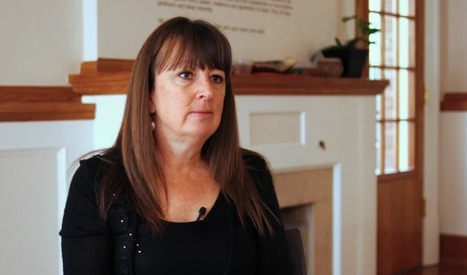
|
Rescooped by Yashy Tohsaku from iGeneration - 21st Century Education (Pedagogy & Digital Innovation) |
Get Started for FREE
Sign up with Facebook Sign up with X
I don't have a Facebook or a X account
 Your new post is loading... Your new post is loading...
 Your new post is loading... Your new post is loading...
No comment yet.
Sign up to comment
|

Rosemarri Klamn's curator insight,
July 14, 2017 11:57 PM
This may be a valuable resource for teachers and anyone interested in cultural competency related to First Nations. It may need to be individualized to regional indigenous language and culture as well. Indigenous peoples in Canada include First Nations, Inuit, and Metis: each would have geographic differences in culture and language. In southern Alberta the predominant First Nations culture is Blackfoot (Siksika, Kainai, and Piikani) with each nation speaking a closely related dialect of Algonquian. Across the prairies, Algonquian is also spoken by Plains Cree; Siouan by the Nakota (Assiniboine), Stoney Nakoda, and Dakota; while Dene is spoken by the TsuuT’ina (Sarcee). Cree, a sister language to Saulteaux and Blackfoot, is spoken in different dialects across Canada. Alberta Culture and Tourism. (2016). Blackfoot History. Retrieved from http://www.history.alberta.ca/headsmashedin/history/blackfoothistory/blackfoothistory.aspx
Brasser, T. (2009, February 22). Indigenous Peoples: Plains. The Canadian Encyclopedia. http://www.thecanadianencyclopedia.ca/en/article/aboriginal-people-plains/ Wikipedia. (2017, June 23). Blackfoot Confederacy. Retrieved from https://en.wikipedia.org/wiki/Blackfoot_Confederacy |










